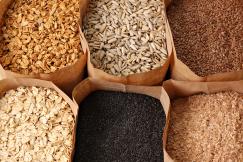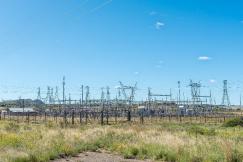It has long been observed that the seasonality of labour demand following agricultural cycles is a key feature of developing economies (e.g., Boserup 1965). A growing micro literature on intertemporal and spatial arbitrage mechanisms to smooth consumption across seasons (e.g., Bryan et al. 2014, Fink et al. 2021) corroborates this and points to important seasonal fluctuations in employment patterns in low-income countries. However, the topic of seasonality has received much less attention in the macroeconomic literature on productivity gaps and structural transformation. This omission may be far from innocuous if seasonality in employment varies systematically with countries’ structural transformation process. This project aims to fill this gap in the literature by (i) documenting the magnitude of seasonal fluctuations in employment patterns across countries across all income levels, (ii) examining the implications of seasonality for the measurement of agricultural productivity gaps (relative to Gollin et al. 2014 and McCullough 2018) and (iii) re-considering the role of seasonality for our understanding of structural transformation.
To investigate these questions, this project will construct a data archive containing microdata and documentation from household surveys suitable for documenting employment seasonality. This database will include surveys from 57 countries, 43 of which are low- and middle-income countries. From these surveys, comparable measures of employment (e.g., employment status, wage employment, etc.) and sector (industry, occupation) are generated at a quarterly level. By linking these harmonised employment data with crop cycles from FAO crop calendars, seasonal fluctuations in employment (status, hours worked) and sectoral distribution (industry, occupation) are documented and compared across quarters, both within and between countries. These seasonal fluctuation patterns are then analysed in relation to income levels to examine how seasonal employment evolves with economic development. Finally, a two-sector structural transformation model that accounts for the observed seasonality patterns will be employed to analyse the contribution of agricultural seasonality to structural transformation.
This study aims to highlight any issues emerging from seasonal patterns to national statistical offices, encouraging policymakers to consider seasonality more actively in the planning and design of data collection activities. Additionally, this project emphasises the importance of proper documentation of survey sampling procedures and fieldwork. In the ongoing data collection, multiple cases can be observed where available documentation lacks sufficient detail to determine whether data is nationally representative at sub-annual intervals. Lastly, the findings are intended to inform international organisations and other research teams engaged in the harmonisation of microdata on labour and the production of country-level macroeconomic indicators, ensuring that the implications of seasonal fluctuations are adequately considered.































































